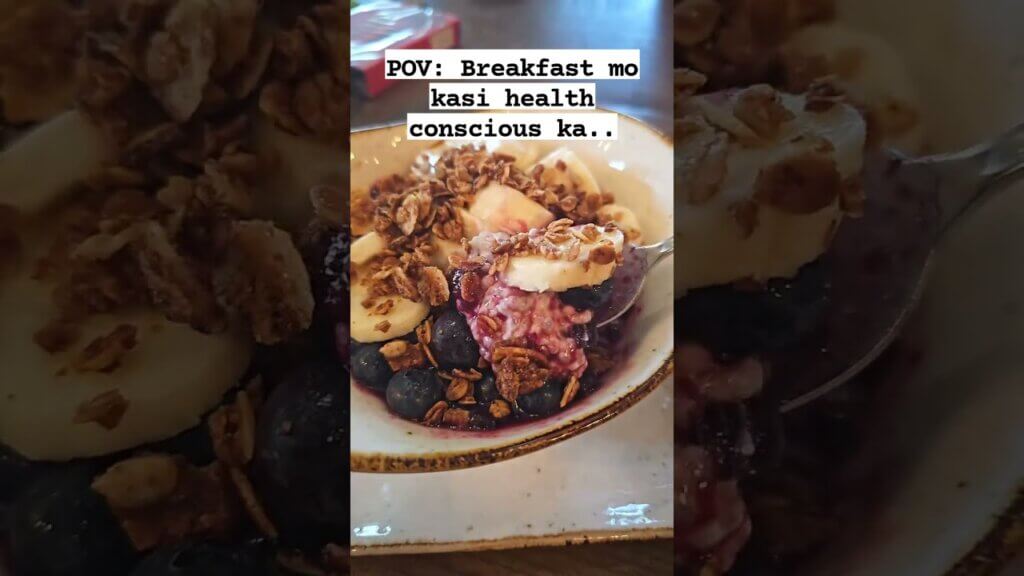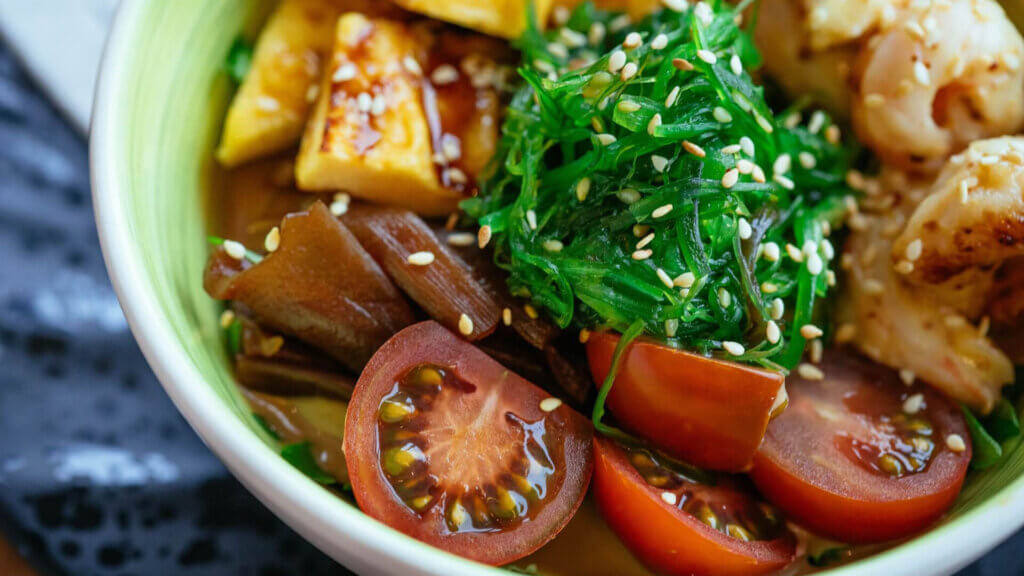A gluten-free meal plan eliminates foods containing gluten, a protein found in wheat, barley, and rye. It includes gluten-free grains (e.g., rice, quinoa), fruits, vegetables, legumes, lean proteins, and gluten-free alternatives for bread, pasta, and baked goods.
A gluten-free meal plan is designed for individuals with gluten intolerance, celiac disease, or those who choose to follow a gluten-free lifestyle. By eliminating foods containing gluten, such as wheat, barley, and rye, this meal plan focuses on alternative grains and a wide range of naturally gluten-free foods.
Gluten-free grains become the foundation of the diet, offering a variety of options such as rice, quinoa, corn, millet, buckwheat, and gluten-free oats. These grains can be used to replace wheat-based products like bread, pasta, and cereals, which are traditionally high in gluten. It’s important to ensure that these alternative grains are certified gluten-free to avoid any cross-contamination during processing.
Fruits and vegetables are naturally gluten-free and provide a rich source of vitamins, minerals, and fiber. Including a diverse range of colorful produce ensures a well-rounded nutrient intake. Legumes, such as lentils, chickpeas, and black beans, offer plant-based protein, fiber, and essential nutrients.
Lean proteins like poultry, fish, eggs, and tofu are naturally gluten-free and can be incorporated into gluten-free meals. It’s important to check for any marinades, coatings, or seasonings that may contain gluten, as these should be avoided.
Gluten-free alternatives for bread, pasta, and baked goods are available, typically made from gluten-free flours like rice, tapioca, almond, or coconut flour. These alternatives can be used to prepare gluten-free versions of favorite dishes and desserts.
When following a gluten-free meal plan, it’s crucial to read food labels carefully, as gluten can be found in unexpected sources such as sauces, dressings, and processed foods. Choosing naturally gluten-free, whole foods and preparing meals from scratch can help avoid hidden sources of gluten.
For individuals with gluten intolerance or celiac disease, a gluten-free meal plan can provide relief from symptoms such as digestive issues, fatigue, and skin problems. It allows for the healing of the small intestine and promotes better nutrient absorption. However, it’s important to ensure that the diet remains balanced and varied to meet nutritional needs, as some gluten-free products may be lower in certain nutrients like fiber, iron, and B vitamins.
Consulting with a registered dietitian or nutritionist who specializes in gluten-free diets can provide valuable guidance on meal planning, label reading, and maintaining a nutritious gluten-free lifestyle. They can help identify hidden sources of gluten and ensure a well-balanced and diverse gluten-free meal plan that meets individual needs.




